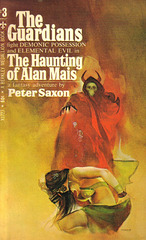


In contrast, the bird identification rate is lower in enclosed structures, but this is probably related to the recovery method. However, some open structures also deliver high bird ratios, in particular at high status sites. It transpires that the bird to mammal remains ratio is strongly influenced by the type of structure, as it is higher in enclosed structures. In a second step, once the impact of the type of structure is evaluated, the same variables are examined according to the social status, to verify their relevance to document this aspect. This is evaluated by considering different variables, such as the ratio of bird remains compared to those of the main domestic mammals used as meat suppliers, the number of bird taxa, or the identification rates for different types of archaeological structures. Indeed, hollow structures, sometimes of an enclosed shape that may be constructed in masonry, are supposed to have a protective effect on the fragile bones of birds. The present study aims to evaluate the effect of archaeological structures in the preservation and recovery of bird remains, in particular by considering the overall shape, open or enclosed, of the structure. Further, more detailed, consideration of individual avian species (particularly Gruidae,Īrdeidae and raptors) also suggest their association with particular categories of sitesĪnd their significance in identifying high status pursuits such as falconry. Survey by highlighting a possible ecclesiastical avian ‘signature’ at this site during the 9thĬentury, with elements associated with high status identified from the 8th and 10th centuries.

A case study (using data from the well stratifiedĪssemblage from Flixborough, UK), supported broad conclusions drawn from the original The high status estate and urban centres. Were noted from ecclesiastical rural and early trading emporia (wics) compared with Of settlements and their inhabitants, could be recovered. Interpretable patterns of data, reflecting attributes linked to the broader nature and character (broadly classified into settlement types) was undertaken in order to assess if A survey of 26 avian assemblages from English Anglo-Saxon vertebrate assemblages

Sites can be used to explore questions beyond mere subsistence strategies and wildfowling techniques. The presence and diversity of wild bird remains recovered from archaeological


 0 kommentar(er)
0 kommentar(er)
